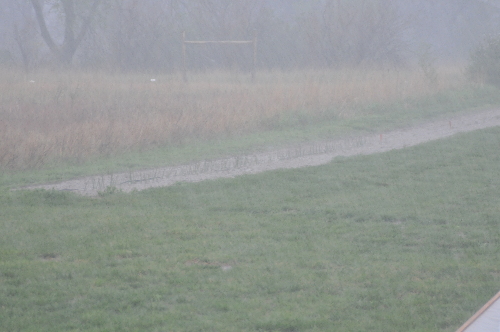Excessive rain can drive oxygen out of the soil and literally drown roots. Therefore, as we enter hotter, drier weather, the plants with damaged root systems may be very susceptible to a lack of water. Don’t forget to check your plants for signs of wilting or leaf scorching and water as needed. If irrigation is called for, water deeply and infrequently. Usually once per week is sufficient depending on the weather. Soil should be moist but not waterlogged. (Ward Upham)

 RSS Feed
RSS Feed
